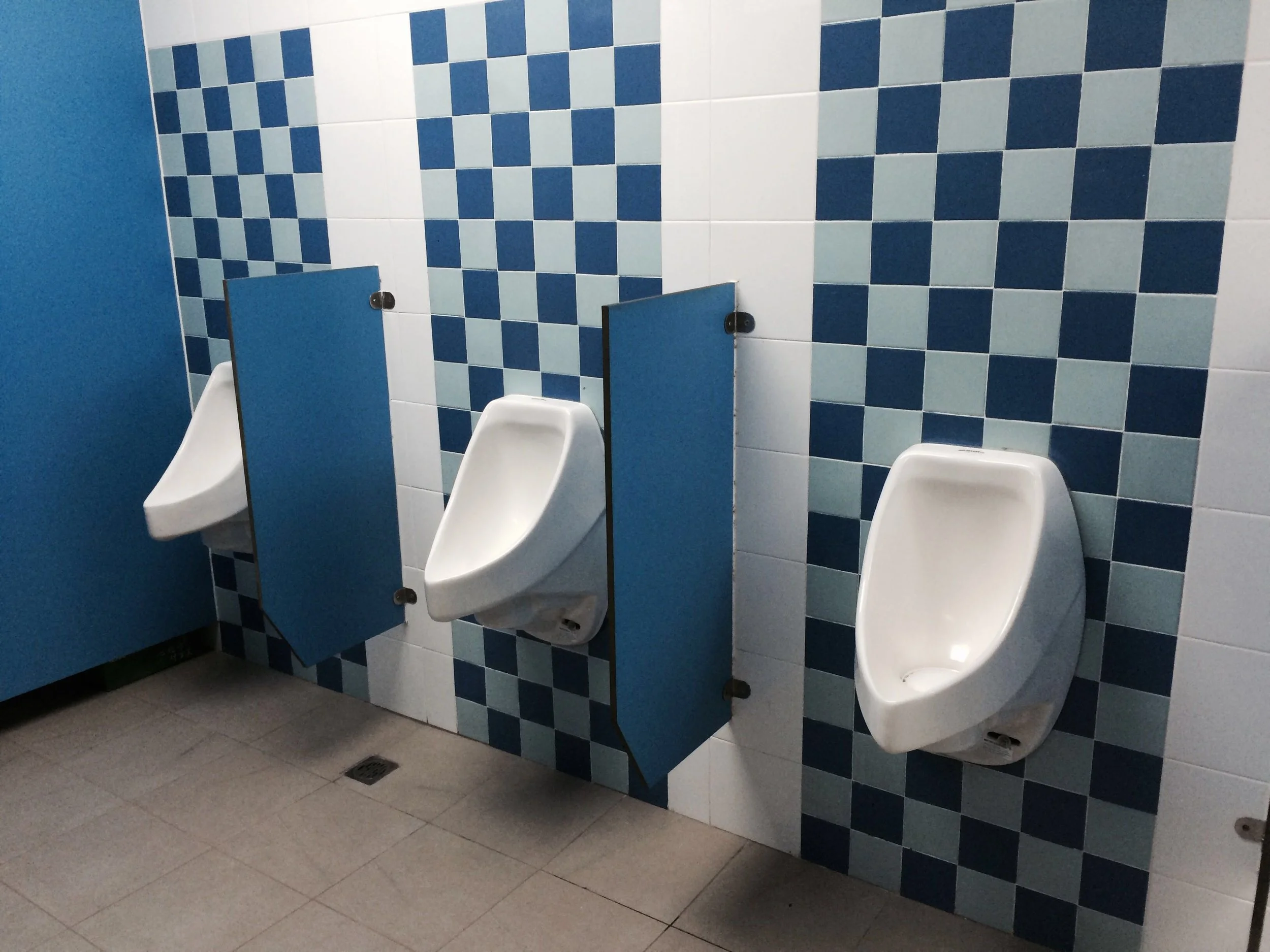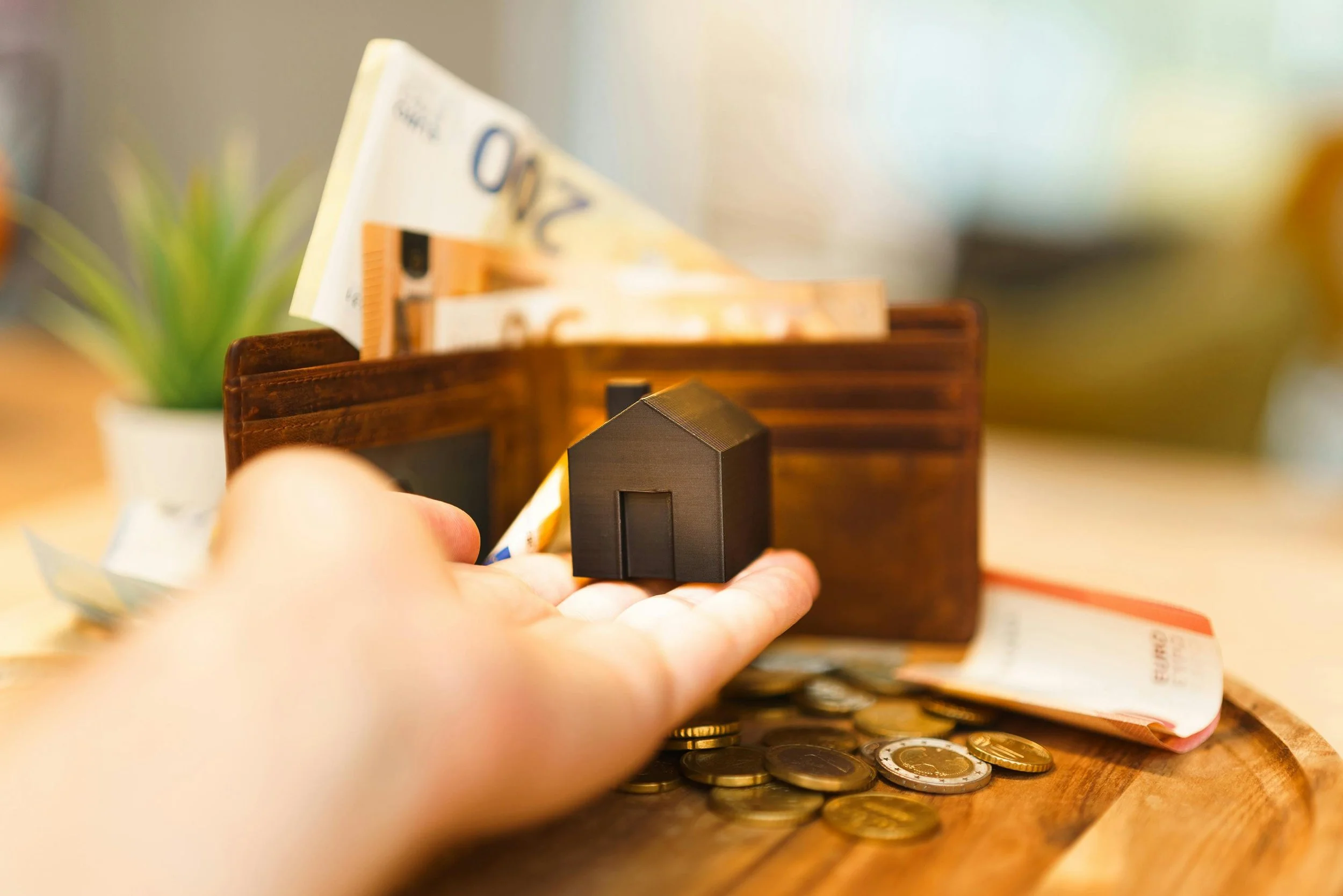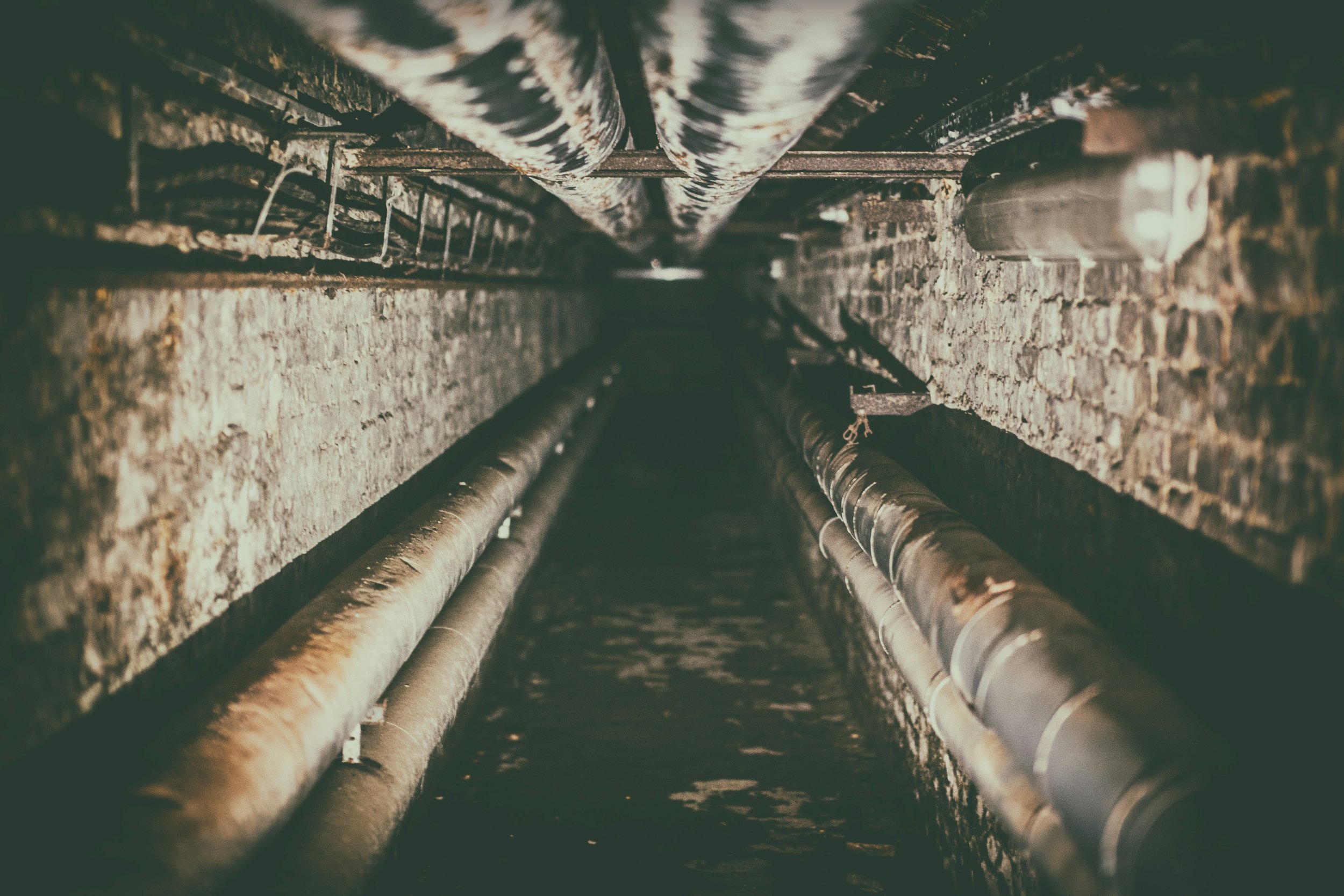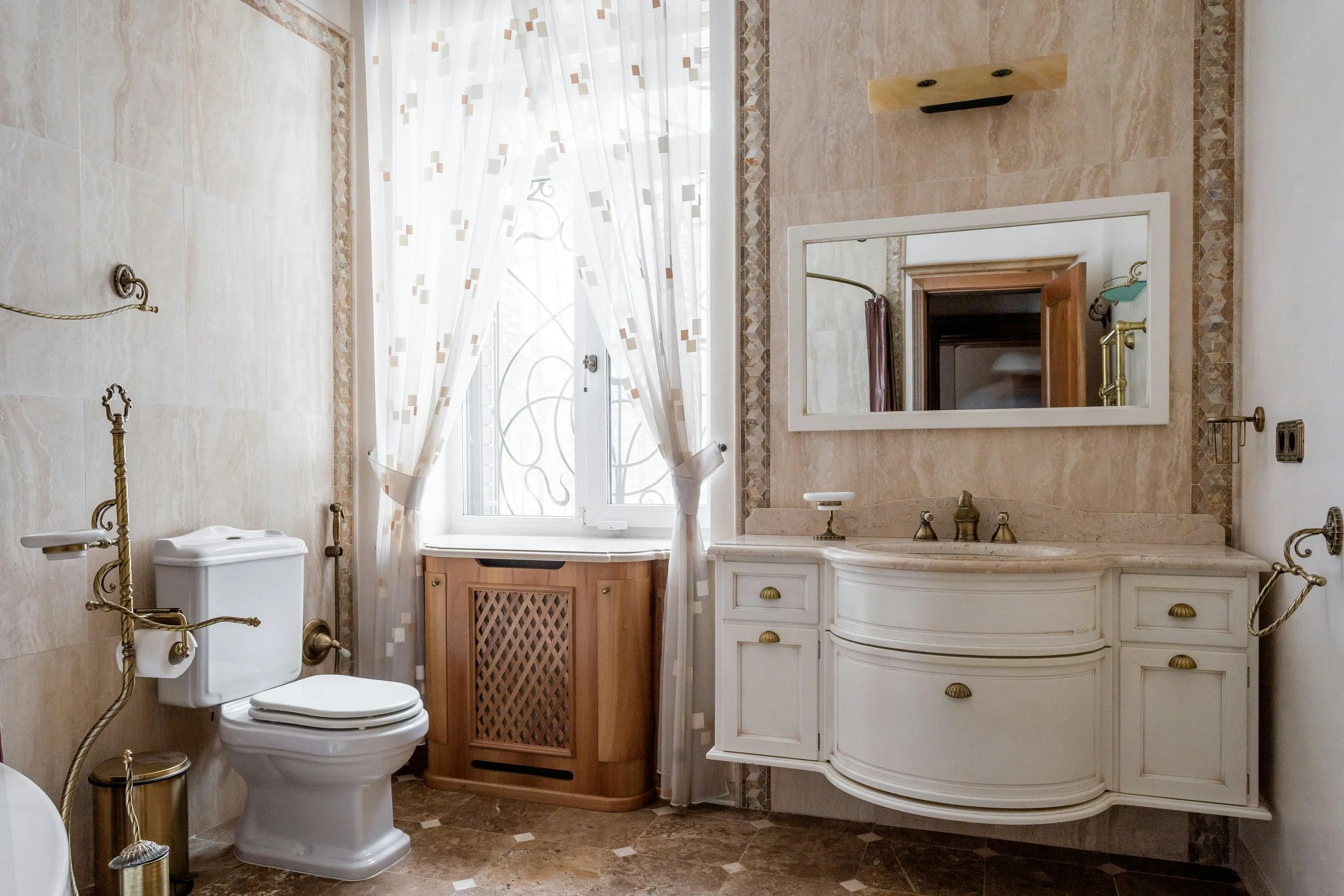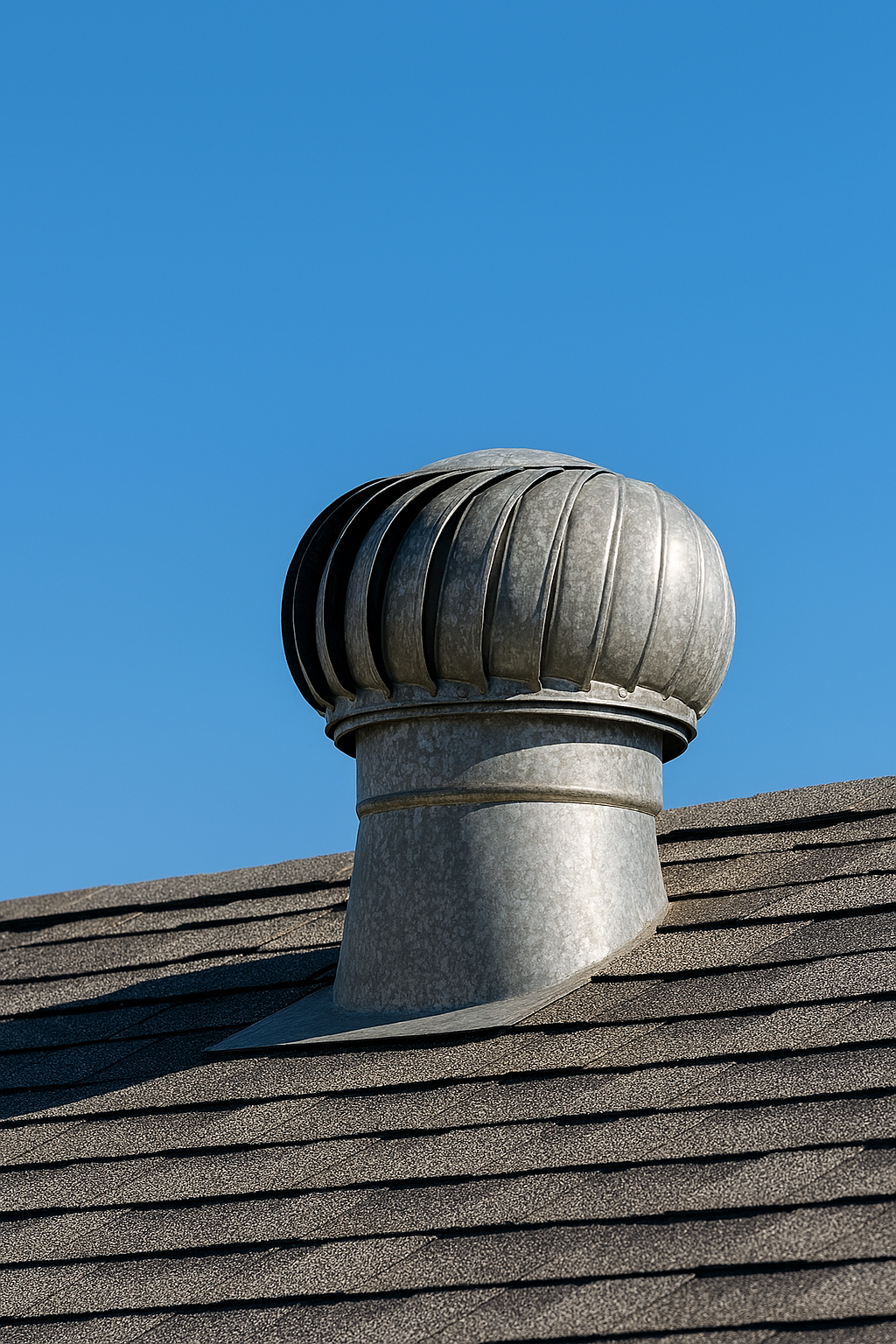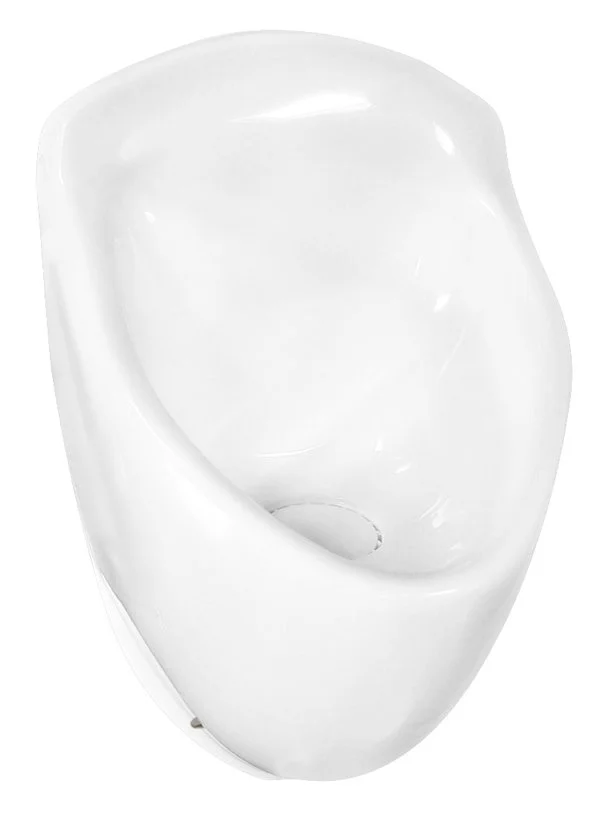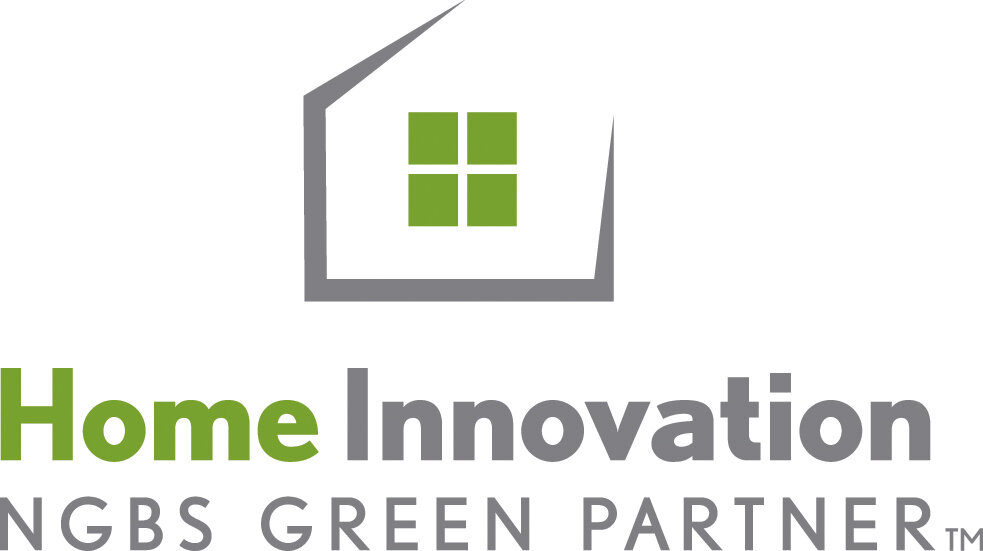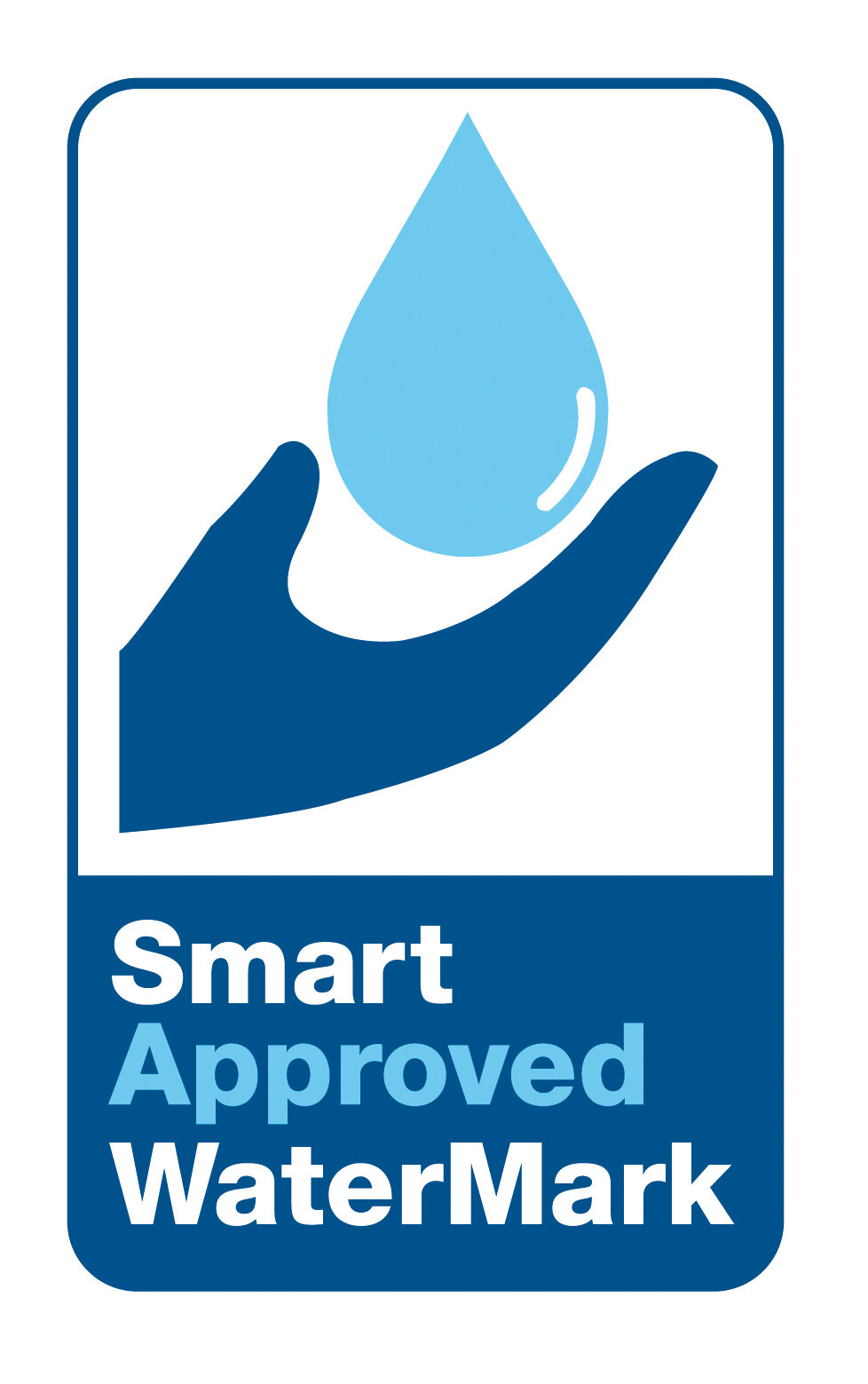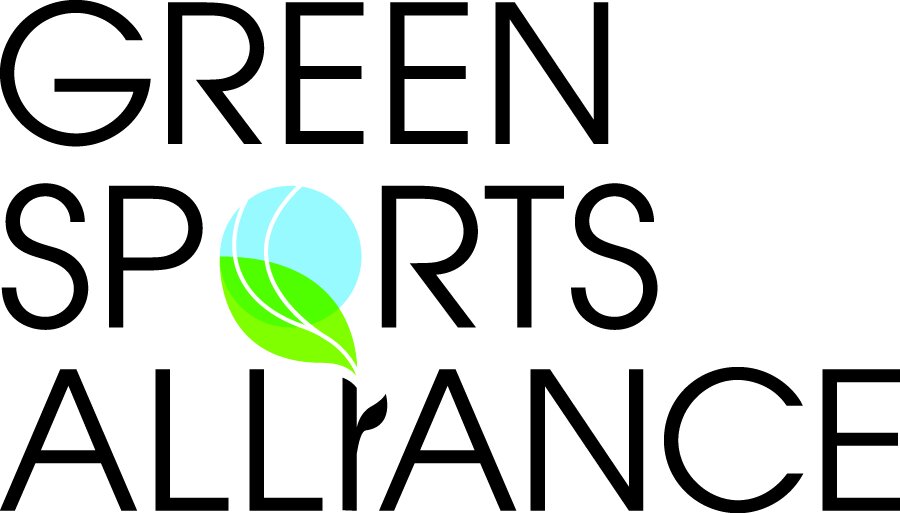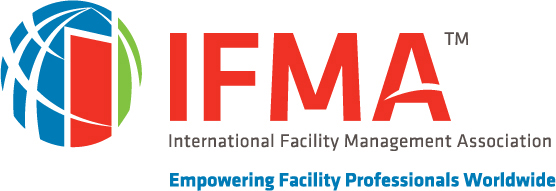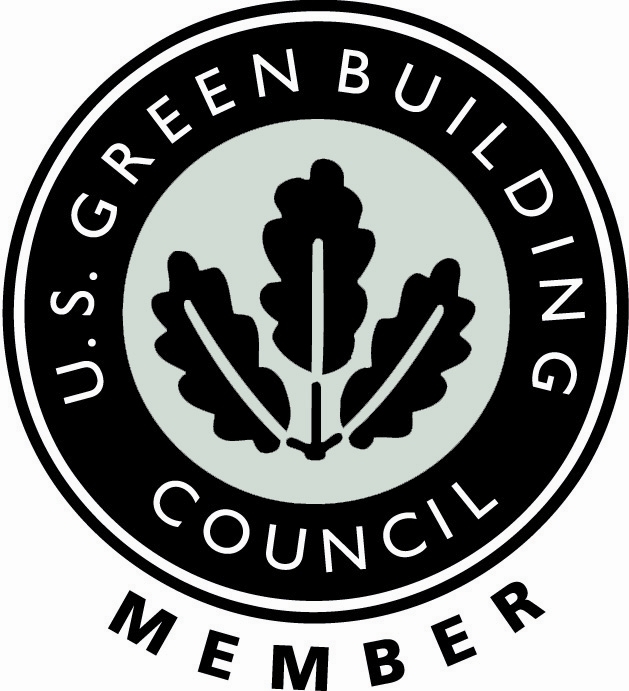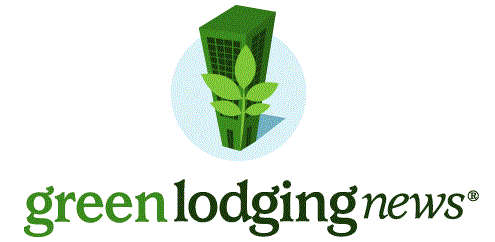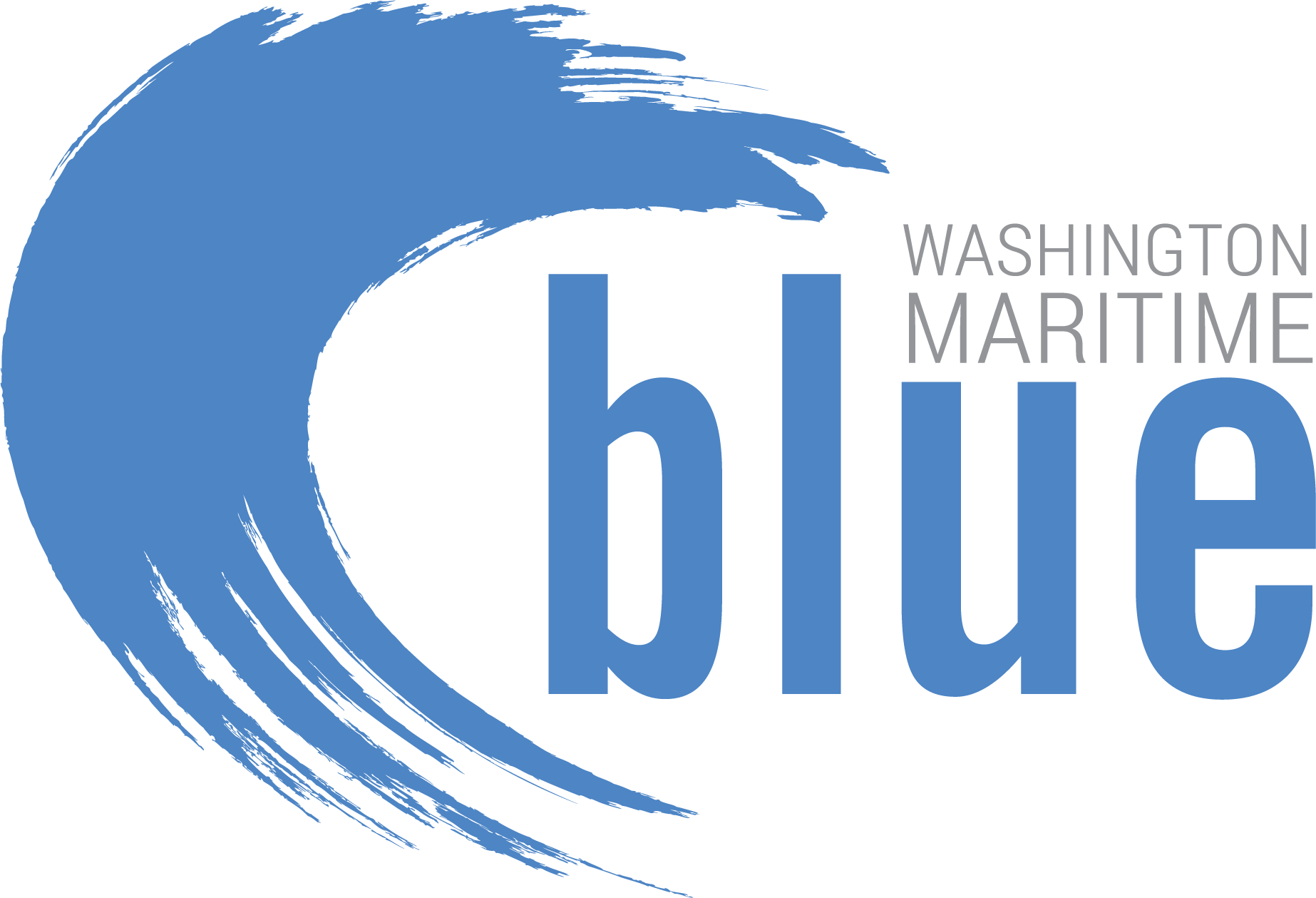“More than 15 percent of the world's potable water used in commercial buildings is wasted”
Vista, CA – November 10, 2025 - A San Francisco firm, Epic Cleantec (Epic), is introducing two consumer beers: Shower Hour OPA and Laundry Club Kölsch, made from highly purified recycled water taken from the showers and laundries of commercial buildings.
The two beers, created in partnership with Devils Canyon Brewing Company of San Carlos, CA, mark the first "wide release" of beers made exclusively from recycled water resources.
Epic did market a beer made entirely from purified and recycled water on an extremely limited basis a few years ago. That beer was honored by Time magazine and Fast Company as one of the most innovative new products of 2022.
"These beers are not only made from recycled water, but one, Shower Hour OPA, also promotes sustainable agriculture techniques," says Klaus Reichardt, CEO and Founder of Waterless Co., Inc., an early pioneer in water efficiency.
This is because this brand is made from:
Azacca hops, which require less irrigation and offer stronger disease resistance compared to conventional hops*
Fonio grain, a drought-tolerant African cereal crop known for its rapid growth and capacity to improve soil health
Kveik yeast, a fast-fermenting type of brewing yeast that thrives at elevated temperatures, helping to lower a brewery's energy consumption
"One reason these new beers are so significant is that more than 15 percent of the world's potable water used in commercial buildings is wasted," explains Reichardt.
"Our goal at Waterless Co. Inc. has always been to help building owners and managers reduce water consumption and promote water efficiency.
We congratulate Epic for finding even more opportunities to use water more efficiently and protect our country's water resources.”
###
*Hops are used in beer to add both sweetness and bitterness, along with flavor and aroma.
About Waterless
Founded in 1991 and based in Vista, CA, Waterless Co., Inc. is a leading innovator in water-efficiency solutions. The company offers a full range of waterless urinals for residential and commercial use, along with liquid plumbing products and cost-saving accessories. Every product reflects Waterless’ commitment to sustainability and smart, practical innovation.
Contact Information
Waterless Co. Inc.
1050 Joshua Way
Vista, CA 92081 USA
800.244.6364
sales@waterless.com
Media Contact: Robert Kravitz
Phone: 312-880-8176
E-Mail: robert.kravitz@outlook.com



